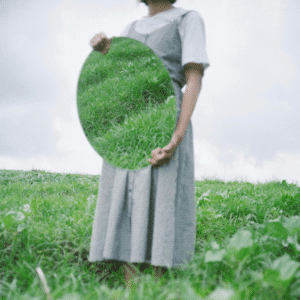Similar: Zodiac
Each of the constellations in the zodiac makes up a zodiac sign. Every sign has identifying factors like their element (is it Water, Fire, Earth, or Air sign?), quality (cardinal, fixed, or mutable?), and their compatibility with other signs (Geminis and Sagittarius’ go well together, Sagittarius and Virgo do not).
Let’s break it down: There are 12 zodiac signs in western astrology:
Aries (Ram)
Taurus (Bull)
Gemini (Twins)
Cancer (Crab)
Leo (Lion)
Virgo (Maiden)
Libra (Scales)
Scorpio (Scorpion)
Sagittarius (Archer)
Capricorn (Sea-Goat)
Aquarius (Water-Bearer)
Pisces (Fish)
While we only have one Sun sign, which most consider to be “their sign” you can have all of these zodiac signs appear on your birth chart, each associated with a planetary placement, house, or node. Each sign represents traits and characteristics that give us an overview of who we are as we enter the world – people usually look at their Primal Triad or “major three” (Sun sign, Moon sign, Rising sign). Still, these signs can be interpreted in many different ways.
Every planet cycles through the signs and every sign have a set season in which it rules (example: When the Sun enters Virgo, we are in Virgo season: August 23rd – September 21st every year).
An animal represents all zodiac signs (except Libra, the scales), hence the Greek word zodiac, meaning “circle of animals.”
The primary planets, stars, and luminary bodies (the Sun and Earth’s Moon) are key parts of the zodiac. Legend has it that Buddha defined the order of the circle of animals based on the order they finished a race, with Aries, the ram, finishing first and Pisces, the fish, coming in last. It’s also suggested that the age of an individual’s soul is identified by their zodiac sign. Aries’ would be considered the youngest souls and Pisces’ the oldest.



